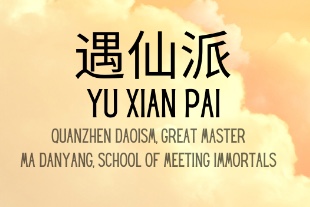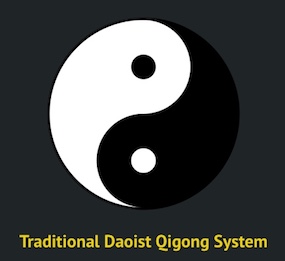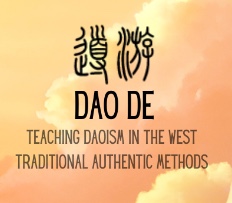Meditation Not Working?
Why isn’t meditation working? Does consciousness weaken and drift off into sleep? Does your body ache after just a few minutes of sitting? You’re not alone—many people struggle with these issues, yet clear explanations of how to overcome them are hard to find.
What Happens to the Body During Meditation?
Discussions about the physical effects of meditation are often limited to surface-level observations, like a decrease in heart rate, slower breathing, reduced circulation, cooling of the body, and eventual stiffness or discomfort. However, Daoist tradition offers deeper insights into these challenges.
The Daoist View on Meditation
In Daoism, meditation is recognised but not central—it is one tool among many, and its purpose is clearly defined The principle behind meditation is that "sitting produces Yin." This means that prolonged sitting shifts the balance toward passivity and rest, which can become excessive if not balanced by activity.
Modern practitioners often face difficulties because their bodies lack sufficient Yang energy—the force of activity and vitality necessary for balanced meditation. Without enough Yang, meditation becomes uncomfortable, with wandering thoughts and physical discomfort.
The Secret: Adding Yang
Success in meditation requires Yang energy—strength and vitality. This is the core secret across all Daoist traditions:
Dao is the balance of Yin and Yang.
Unfortunately, most modern approaches fail to address this, leaning too far toward either complete rest or maximum activity. Neither extreme leads to sustainable balance or harmony.




